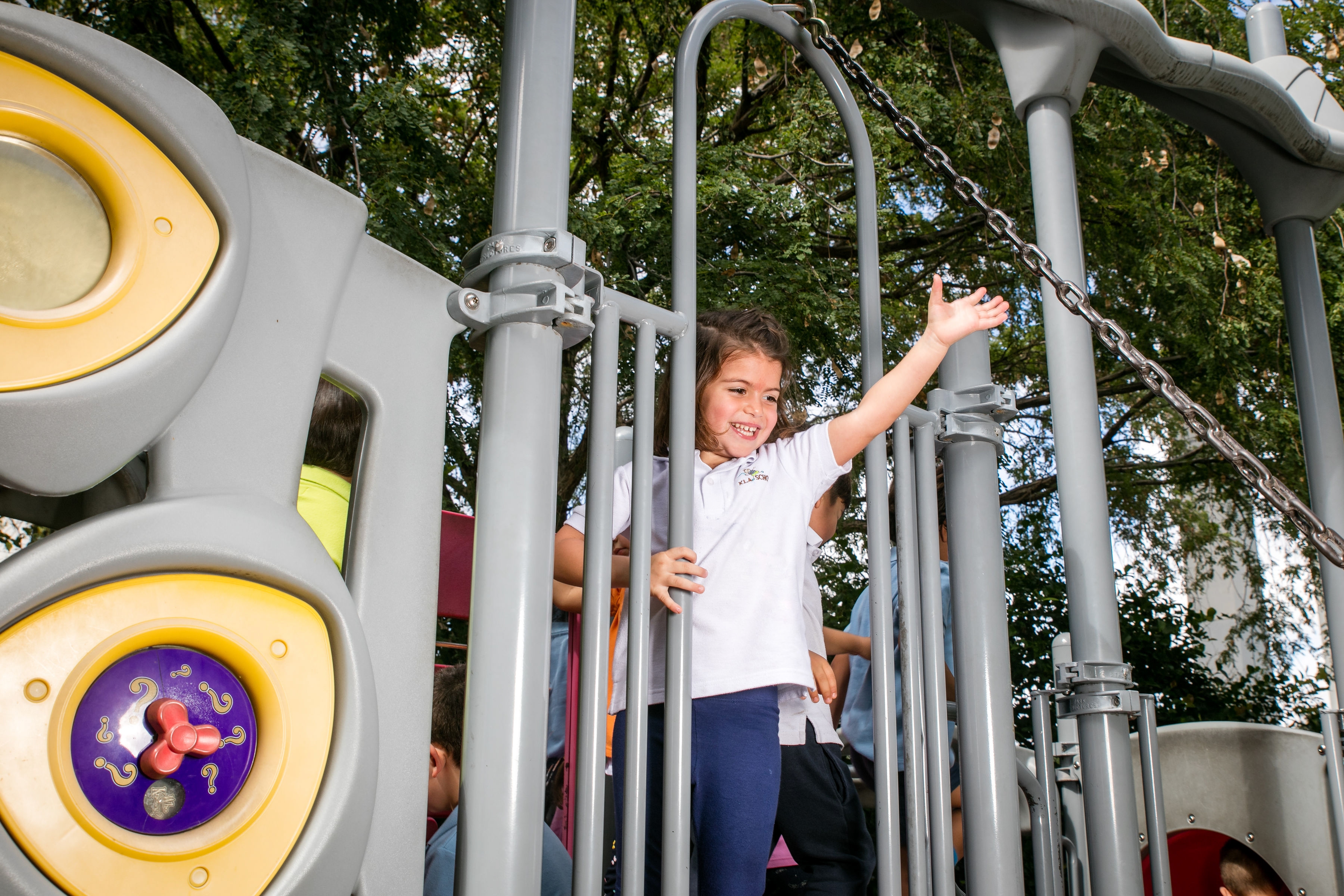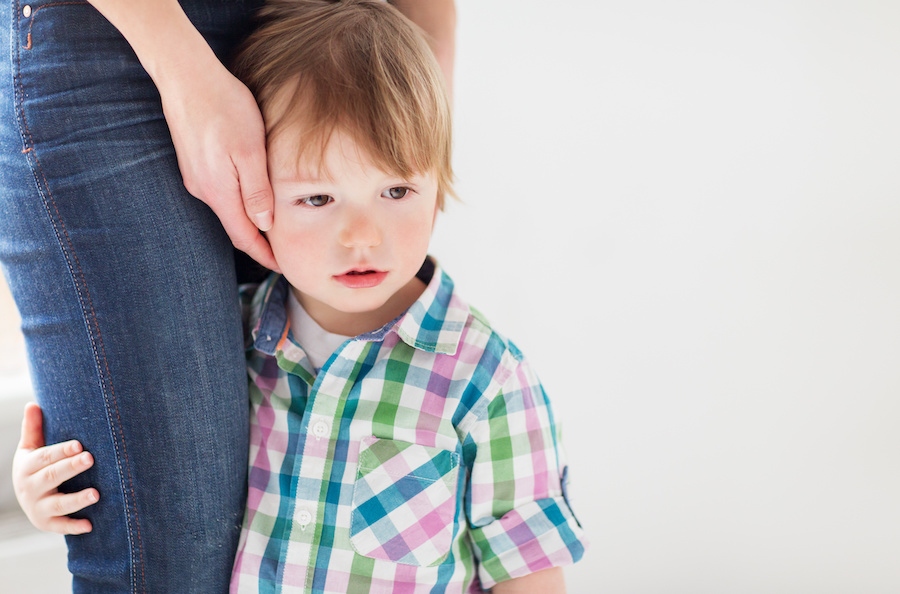Handling Toddler Separation Anxiety
Topics: Health & Safety
Age Range: Preschool
As a parent, creating a strong bond with your child is one of the most gratifying feelings. However, as babies turn into toddlers, they might start to exhibit signs of separation anxiety when faced with the prospect of being without you.
Signs of separation anxiety include:
- Clinginess
- Tantrums
- Unwillingness to cooperate with caregivers
- Anxiety
- Restlessness
How to alleviate toddler separation anxiety
Toddlers may develop separation anxiety as a new behavior, even if they were happy to be dropped off at daycare or left with a babysitter as an infant. Even though they’re developing their independence as they grow, their new experiences can feel stressful, and they may worry about losing the security of your presence.
However, separation anxiety is temporary. Here are some age-appropriate ways to help deal with separation anxiety in toddlers.
- Say goodbye. You may have heard that it can help to distract your child so that you can slip out the door. However, that may actually make your child more anxious, as they can start to believe that you can disappear at any time. Instead, keep your departure positive and short, so that your child will see they have nothing to be concerned about.
- Let them know when you’ll return. While toddlers won’t have the same concept of time as you do, letting them know when you’ll be back will help reinforce that you always return. You can say something like, “after dinnertime” or “in two sleeps.” Stick to this timeline as well as you can, to help your child trust that you’ll come back when you say you will.
- Develop a goodbye ritual. A positive goodbye ritual, such as singing a song or doing a special handshake, can help reduce separation anxiety. A ritual can help give your child a sense of routine, and allow for a fun transition.
- Try gradual transitions. If your child gets anxious when the babysitter arrives, it may help to arrange a more gradual transition. For example, you can ask your babysitter to arrive a few minutes earlier or stay a few minutes later. During this time, you can ask the babysitter to read a book to your child or play a game with them while you are still at home. This can help your child get to know their caregiver without the stress of your absence.
- Allow your child to have fun alone. If you notice your toddler comfortably spending time on their own, let them enjoy it for as long as possible. For example, if your child wakes up from a nap calmly and begins to play or sing or otherwise entertain themselves, hold off on going in to get them. This will help them to see that being without you doesn’t have to be scary.
- Respect your child’s feelings. While it can seem encouraging to remind your child that they shouldn’t be afraid, it can feel dismissive to a toddler. To help your child work through their feelings, you can ask them to talk about their fears, assure them it’s normal, and remind them of other times they were able to get through it.
- Talk to your babysitter or childcare center. Toddler childcare providers are used to separation anxiety, and want your child to feel comfortable and safe. They may have ideas that can help, such as providing a fun activity ready for your child as soon as you leave, to switch their focus to something positive.
Though it can be stressful for both you and your child, separation anxiety in toddlers is normal. With these tips, you can help your toddler understand that being without you isn’t as scary as they may think.

